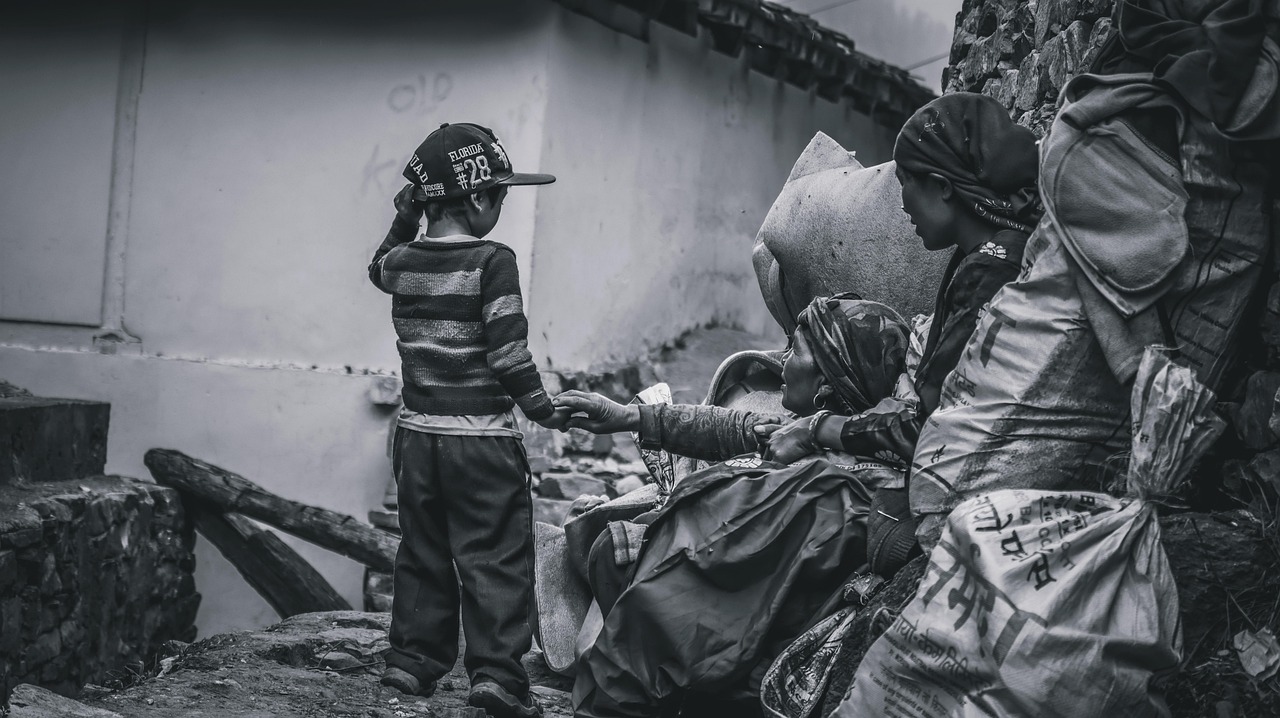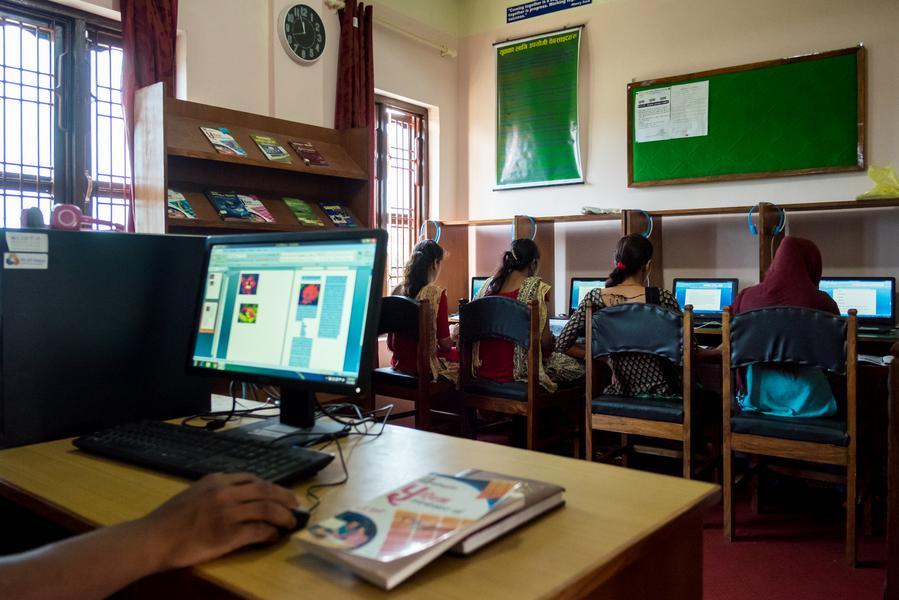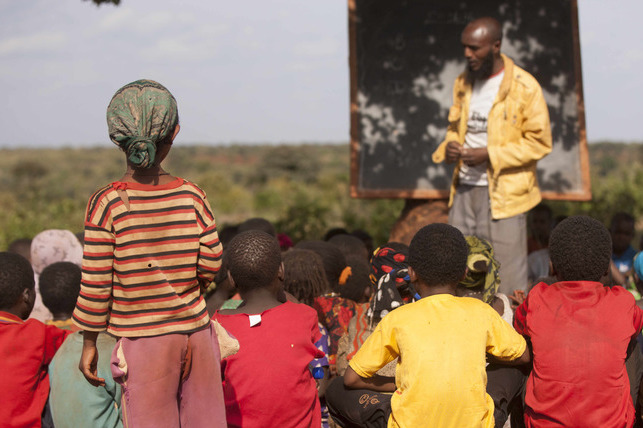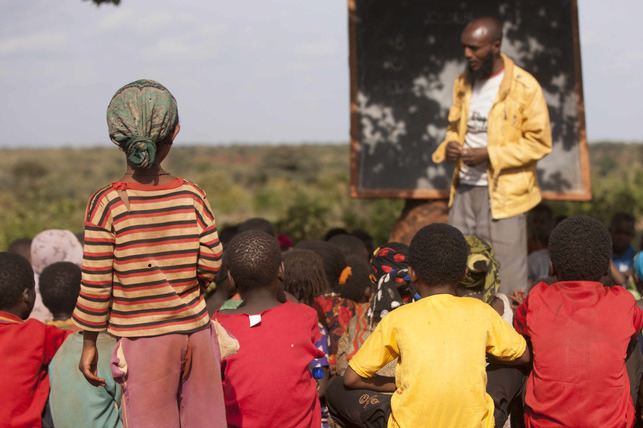Context
As of 2021, Northeast Syria (NES) faced acute educational and protection challenges amidst a broader national crisis. While frontlines had stabilized, economic collapse, displacement, and the COVID-19 pandemic exacerbated vulnerabilities. According to a 2020 report, an estimated 50% of children in NES had lost access to learning, and nearly 40% of residents and IDPs reported cases of early marriage, and over 60% of children aged 15 or below were engaged in child labor to help meet household needs. Attendance is particularly low among children with disabilities, with 65% CWD not attending school at all in Ar-Raqqa. Access barriers included insecurity, cost, distance, and cultural norms, while service provision was constrained by fragmented governance and the absence of a unified education system. NES, although benefiting from relatively coherent local governance under the Autonomous Administration, operated separately from GoS systems, further complicating coordination and limiting formal education pathways. These conditions underscored the urgent need for inclusive, flexible non-formal education adapted to the NES context.
Solution
Due to UN restrictions on working with non-GoS-registered actors, a dual grant agent model was adopted, with Save the Children leading in NES due to its co-leadership of the Whole of Syria education sector, its coordination of the NES Education Working Group, and its extensive operational experience in the region. The $6.25 million GPE-funded ESPIG program (2021–2024) supported out-of-school children and those at risk of dropping out in the governorates of Ar-Raqqa, Al-Hasakeh, and Deir-ez-Zor to access safe and quality learning opportunities.
It delivered non-formal education through Accelerated Learning Programs (ALP), remedial education, and Early Childhood Care and Development (ECCD), with special provisions for children with disabilities. The program also further strengthened learning environments through light rehabilitation of 45 centers, provision of inclusive learning materials, and parenting engagement initiatives. Community outreach, child safeguarding, and inclusive practices were central to program delivery. Regular learning assessments using EGRA/EGMA and IDELA tools informed adaptive programming.
The NES ESPIG program targeted sub-districts with high education needs (severity 4–6 according to WoS Education Sector Severity Scale), aiming to reach 23,461 individuals directly and 268,782 children indirectly. Save the Children collaborated with nonprofit partners, whose selection followed a competitive process based on clear criteria, including vetting against sanction lists and assessing organizational, programmatic, and financial capacity. The IPs received sub-awards, paid in cash installments based on expenditure and performance. Monitoring followed a robust MEAL framework using monthly data collection, IPTTs, and field reviews, while accountability was ensured through community feedback systems and a formal complaint mechanism.
Impact
By mid-2024, 26,533 children (50.6% girls) benefited from the program, including 13,880 out-of-school children, 11,025 at risk of dropping out, and 1,628 young children in ECCD. Among them, 1,045 children with disabilities were reached. Learning assessments showed 90% of children exceeded expected literacy and numeracy outcomes. Attendance rates surpassed 96%, and 100% of ECCD participants demonstrated developmental gains. Light school rehabilitation and the provision of learning materials addressed key access barriers, especially for children in displacement camps. Further evaluations and assessments are needed to determine the long-term outcomes of the intervention and establish clear attribution, particularly in terms of sustained learning gains, successful transitions to formal education, and broader well-being impacts for children.












